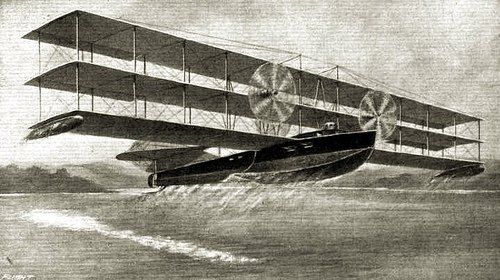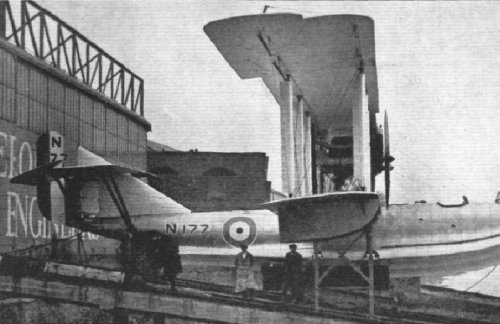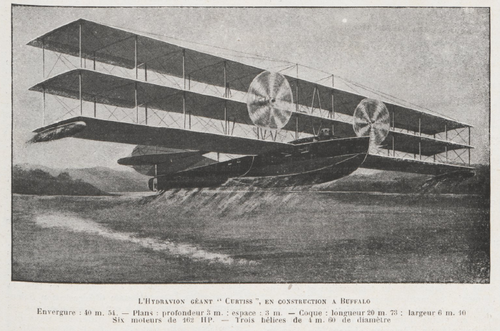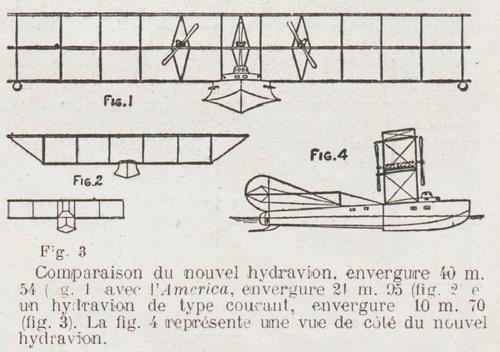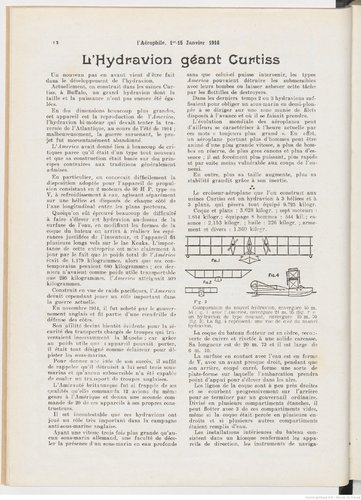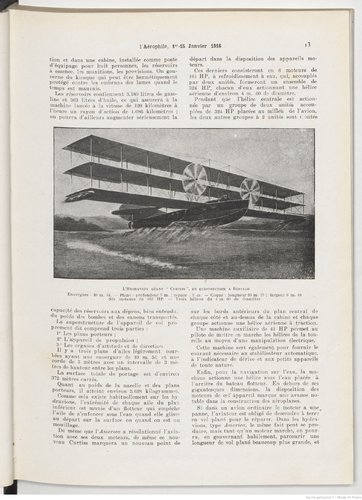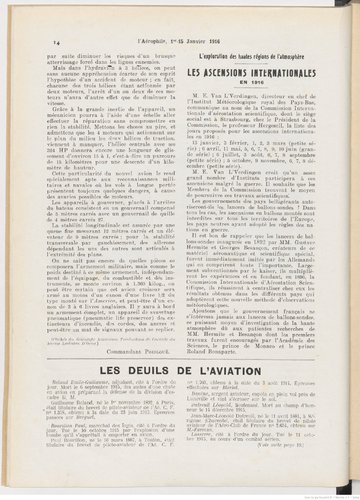They have done a simply Amazing job of recording the finders pages to all this original archival information. I coped their finder's pages from their Internet web-page, and JUST the index listing, comprises 181 pages! Here is JUST a small, partial sample of the information on the documents for the Wanamaker and trans-Oceanic Curtiss planes, and the evolution of the their design (which changed constantly, in major modifications, during their discussions on building these planes and its design)
?? I copied this link at the time of downloading ten files with 181 pages from the Seatlle MOF Library/ archival web pages.?? But it does not seem to work for me, now, having just tried:
http://www.museumofflight.org/files/image_finding_aids/Wright-Papers.html
Sample which is only PARTIAL to what is on the internet...available at your home computer..There is a LOT more, JUST on this one topic. The archives cover many years of aircraft designs..patents, proposals etc etc The Finder pages also list what box the items are in, for fast library referencing, and I believe they are will to help researchers..
[font=]Folder #5 Small brown envelope (marked 11): “Correspondence & agreements between Curtiss and the Rod Wanamaker/Lt. Porte Trans-Oceanic Co. Inc. Sept 14, 1914-Sept 2, 1915, March 17, 1917. This envelope contains:[/font]
[font=]A legal size envelope marked “Correspondence & Agreements between Curtiss – Rod Wanamaker – Lt. Port – Trans Oceanic Co Inc.” The envelope has the printed return address “Curtiss Aeroplane Division, Curtiss-Wright Corporation, Buffalo, N. Y.” and is marked in pencil “#70.” The envelope contains the following:[/font]
[font=]--September 11, 1914: Unsigned letter (2 pages) from. L.J. Seely to Glenn Curtiss which begins “Things today have been bewilderingly fast, but all told do not amount to much when boiled down.” Seely comments on the Wright injunction against Curtiss and the attitude of Orville Wright, the sale of the America flying boat, and British interest in buying Curtiss machines. Attached is an unsigned letter (1 page) from Seely to Harry (Woodhouse) enclosing a copy of the letter to Curtiss and mentioning a “tentative Wanamaker proposition.”[/font]
[font=]--n.d. (1915?): One typed and one carbon copy of “Specifications for America 1915.” The documents (1 page each) list 12 specifications for the airplane and its delivery including being able to remain in the air for “36 consecutive hours” and ready for shipment to Newfoundland on May 1, 1915.[/font]
[font=]--March 26, 1915: copy of a letter (2 pages) from Glenn Curtiss to Commander J.C. Porte, R. N. Air Station, Hendon, England in which Curtiss replies to ten suggestions from Porte for construction of the America. Curtiss states that “war orders have prevented our actually starting construction on anew Trans-Atlantic.”[/font]
[font=]--September 11, 1915: Carbon copy of a letter from the Curtiss Aeroplane Co. to Will Gash, The Wanamaker Stores, returning the original contract for the Transatlantic Flyer signed by G.H. Curtiss. The letter notes that the contract has been changed on page four from 6,000 pounds to 5,000 as per a telephone agreement made on September 10,1915. The copy is signed by H. Sayer Wheeler for Curtiss.[/font]
[font=]--September 13, 1915: Original signed letter ( 1 page) from Will Gash, an official of the Wanamaker Company (on company letter head) to Glenn Curtiss stating that he has received the contract for the Transatlantic Flyer and enclosing a check for $8500 towards the first payment of $15,000. Attached to the letter is an unsigned carbon copy of a letter (1 page) from G. R. Hall, the Secretary and Treasurer of the Curtiss Aeroplane Company, to Gash acknowledging receipt of the $8,500 check as payment due on contract dated September 2, 1915.[/font]
[font=]--September 15, 1915: A typed note (1 page) on the back of a Curtiss Aeroplane Order form from H. Sayer Wheeler to Hall stating “Both Mr. Curtiss and Mr. Genung have copies of this contract.” The note is signed in pencil by Wheeler.[/font]
[font=]--May 20, 1916: Original signed letter (1 page, marked DOCUMENT FILE No. X-108 and orange 62) from Will Gash, Vice President of America Trans-Oceanic Company (on company letter head) to H.C. Genung, Curtiss Aeroplane Company confirming an order for a flying boat with OXX-2 motor. The total price is stated as $15,250. Attached to the letter is a hand written note (1 page) in pencil on “Ryan & Cable,Inc.” stationary to G. R. Hall from H.C. Genung dated May 22 stating “attached please find official contract from America Trans-Oceanic Co.” Also attached is an original signed letter from Gash (on company letter head) to Genung dated May 23 enclosing a check for $2,860 as a deposit (1 page, marked DOCUMENT FILE No.X-1-8). Also attached is a carbon copy of a letter from the Curtiss Aeroplane Company to Gash dated May 24 acknowledging receipt of the $2,860 check as deposit for contract dated May 6, 1916. (1 page).[/font]
[font=]--November 3, 1917: An unsigned carbon copy of a letter from Gash to the Curtiss Engineering Corporation releasing it from all claims in the contract of March 31, 1916. The release is contingent on a payment to the America Trans-Oceanic Company of $1,000 and a 20% discount if either the company or Rodman Wanamaker should order a flying boat “within two years after the close of the present war.” The document letter is marked “DOCUMENT FILE No. X-106” and a red “62.”[/font]
[font=]--November 3, 1917: An unsigned carbon copy of a letter (1 page) from Gash to the Curtiss Aeroplane Company releasing it from all claims in the contract of September 2, 1915 and “certain correspondence constituting a contract for 20 flying boats.” The release is contingent on a payment to the America Trans-Oceanic Company of $15,000 and 25% of the amount received from the British Admiralty for the flying boats. The letter is marked “DOCUMENT FILE No. X-105-2.”[/font]

